To help raise awareness about the declining populations of many pollinating species, in 2017 the US Senate unanimously voted to establish National Pollinator Week. Because pollinators are crucial not only to our human food supply but to the health of all life on the planet, there is good reason to care about them: our lives are intertwined with theirs. This year National Pollinator Week is from June 20 to June 26th.
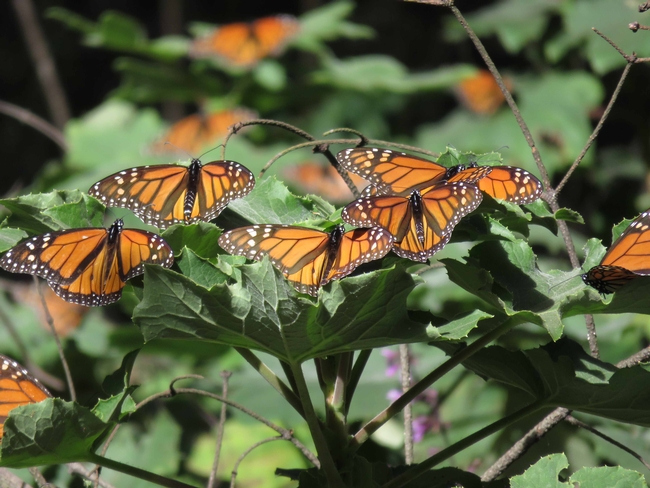
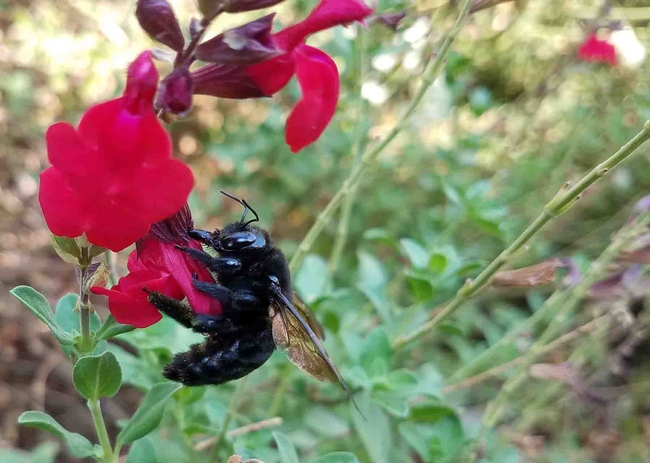


The Xerces Society also hosts regional events and webinars; a Bee Better Certification Program that provides incentives to conservation-minded farmers and points consumers towards food grown with pollinator-friendly practices; and a beautiful pollinator habitat sign to grace your garden (available as a gift to donors). For more ideas on how you can improve your garden for pollinators and celebrate National Pollinator Week, visit The Xerces Society for Invertebrate Conservation and Pollinator Partnership.
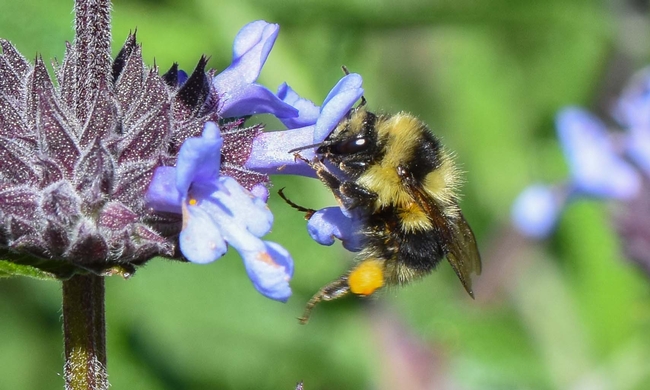
UC Master Gardeners of Butte County are part of the University of California Cooperative Extension (UCCE) system. To learn more about us and our upcoming events, and for help with gardening in our area, visit our website. If you have a gardening question or problem, email the Hotline at mgbutte@ucanr.edu (preferred) or call (530) 538-7201.
- Author: Jeanette Alosi
The decline in numbers of European honeybees, bumblebees and other native pollinators has been well documented for over a decade. Research exploring pollinator decline began in earnest in 2006 when Colony Collapse Disorder, affecting honeybees, first appeared. In 2006 and 2007 managed honeybee colonies experienced a loss rate of over 30 percent. There was great concern that the loss of pollinating honeybees could negatively affect agricultural production including our local almond crop. Although managed honeybee colonies rebounded (thanks to improvements in hive management), hive losses from April 2018 to April 2019 reached 40%, the highest loss since monitoring began, primarily due to reduced effectiveness of Varroa mite control materials.
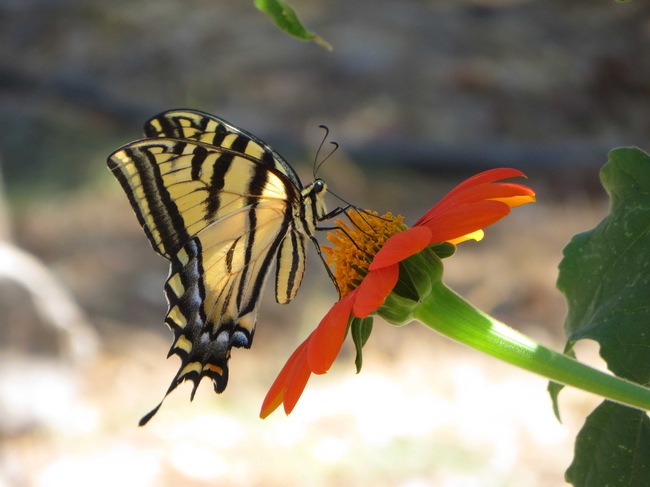
Neonics are a nicotine-derived class of pesticides developed for use on both farm crops and landscape plants. Approved by the EPA in the 1990's, this group of neurotoxins are the most commonly applied group of insecticides in the world.
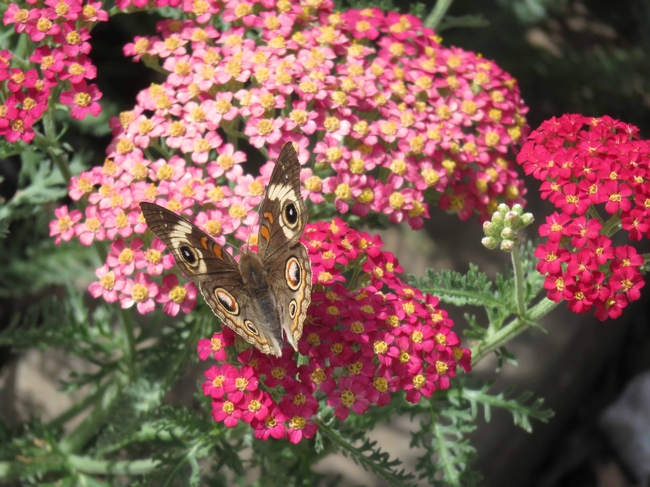
No direct link has been found between neonics and the Colony Collapse Disorder of honeybees. Although not clearly understood, neonics may weaken the honeybee immune system, thus making the bees more susceptible to pathogens and diseases. Research has also found that bumblebees and solitary bees are affected differently than honeybees. A study at Worcester Polytechnic Institute in Massachusetts discovered that queen and male bumblebees suffer much higher rates of mortality compared to that of worker bees. This negatively affects the ability to form new colonies.
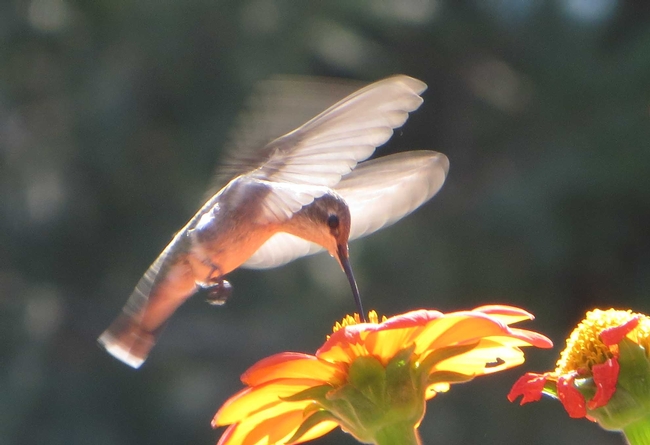
Neonics are long lasting; they can persist in the soil for months, but can last years in woody plants. When used to protect corn and other seeds, they can remain in the soil to be absorbed later by other untreated plants.
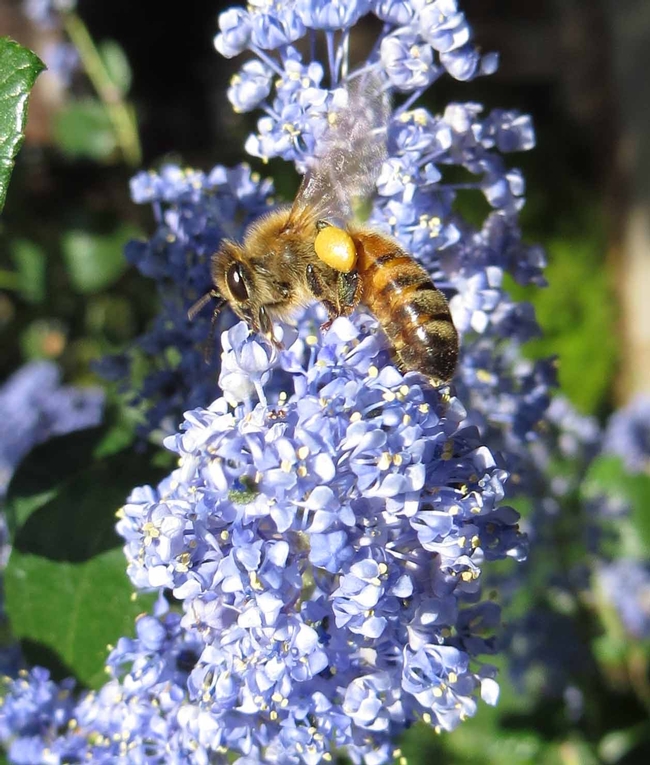
Because many products approved for home and garden use can be legally applied at rates significantly higher than the rates approved for agricultural crops, home gardeners may unwittingly be exposing pollinators to toxic levels of pesticide. Neonic pesticides found in common home and garden products include imidacloprid, clothianidin, thiamethoxam, acetamiprid, and dinotefuran.
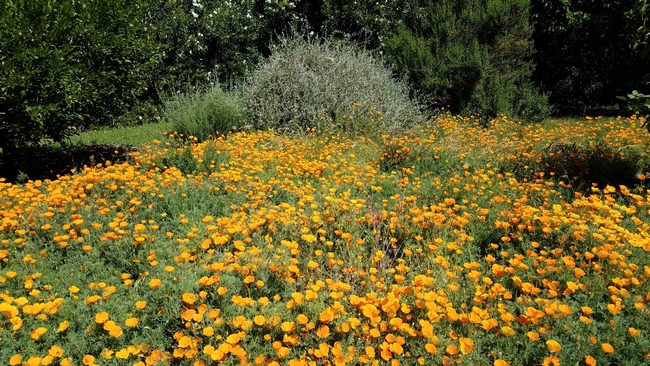
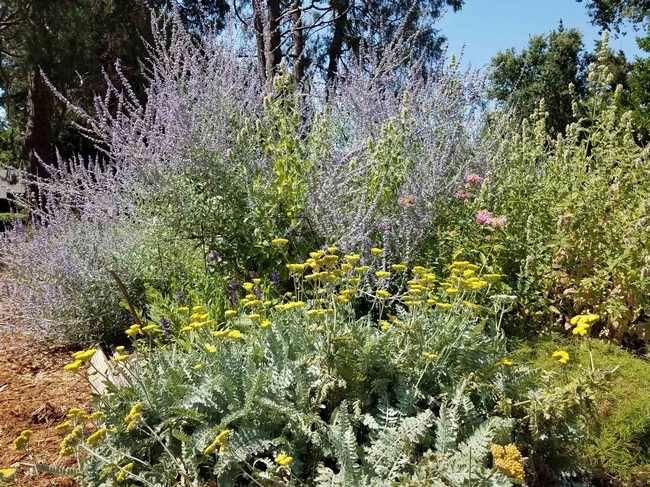
The Butte County UC Master Gardeners are part of the University of California Cooperative Extension (UCCE) system, serving our community in a variety of ways, including 4H, farm advisors, and nutrition and physical activity programs. Our mission is to enhance local quality of life by bringing practical, scientifically-based knowledge directly to our community. For more information on UCCE Butte County Master Gardeners and their upcoming events, and for help with gardening in our area, visit https://ucanr.edu/sites/bcmg/. If you have a gardening question or problem, call our Hotline at (530) 538-7201 or email mgbutte@ucanr.edu.
|
Examples of neonicotinoid ingredients found in common garden insecticides: |
|
By Eve Werner, Butte County Master Gardener, December 11, 2015.
Fall and winter are the perfect seasons to plant a native pollinator garden. Pollinators are the buzzing, flying creatures responsible for the formation of many of the fruits and vegetables that we humans love to eat. Planting for pollinators is a colorful way to attract interesting and beautiful birds, butterflies, bees, and insects to your garden while increasing the productivity of many edible plants.
Pollen is found in the flowers of plants. Different pollinators prefer variously shaped flowers to accommodate their personal anatomy. Selecting an assortment of California native plants with diverse flower shapes and staggered bloom times ensures that a wide variety of native pollinators will thrive in your garden.
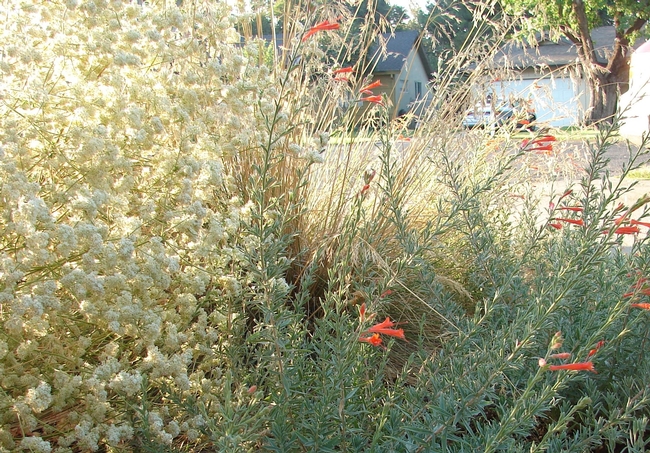
Hummingbirds, for example, reach into tubular flowers with their long, thin beaks. Zauschneria californica (California Fuchsia; also known as Epilobium canum) is a perennial native to Butte County that is covered with brilliant orange-red tubular flowers from mid-summer through fall. This plant is a hummingbird magnet! Zauschneria ‘John Bixby' and Zauschneria ‘Calistoga' are especially attractive and well-behaved varieties of California Fuchsia. Plant Zauschneria in part- to full-sun areas of your garden. Water once or twice a month during the dry season. To keep it looking tidy, cut this perennial to within a couple inches of the ground annually in late fall/early winter.
To attract a miniature zoo over a long period, pair early-summer-blooming Salvia ‘Winnifred Gilman,' (Winnifred Gilman Sage), with late summer-blooming Eriogonum nudum, (Naked Buckwheat) or Erigonum fasciculatum (California Buckwheat). Plant these beauties in full sun. Water the sage once or twice a month. The buckwheats need no added summer water after the first year but can tolerant semi-weekly watering. Sit quietly and watch numerous species of tiny (non-stinging) native bees and wasps harvest nectar from the ball-like flower clusters of these plants. See if you can spot one-quarter-inch-long metallic green sweat bees among the crowd.
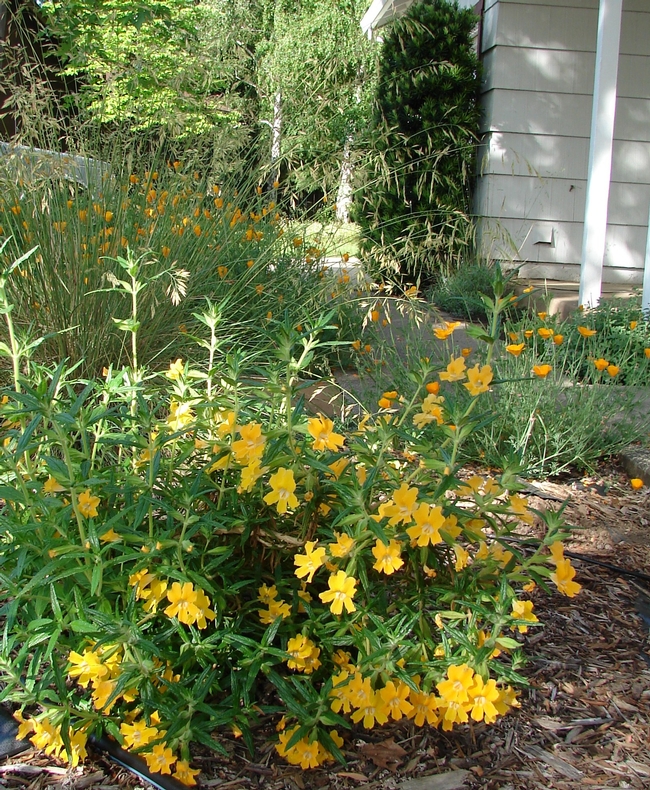
Mimulus (Diplacus) aurianticus (Sticky Monkey Flower) offers deep, wide tubular flowers that provide a helpful ‘landing pad' for several species of butterflies and bees. Hummingbirds love them, too. The soft orangey-yellow blossoms light up part shade gardens in the spring. Water Sticky Monkey Flower once or twice a month during the summer. It is stress deciduous, so it will lose its leaves or look wilted during the heat of summer.
Planting for pollinators is an easy and fun way to add a new dimension of interest to your native garden!


